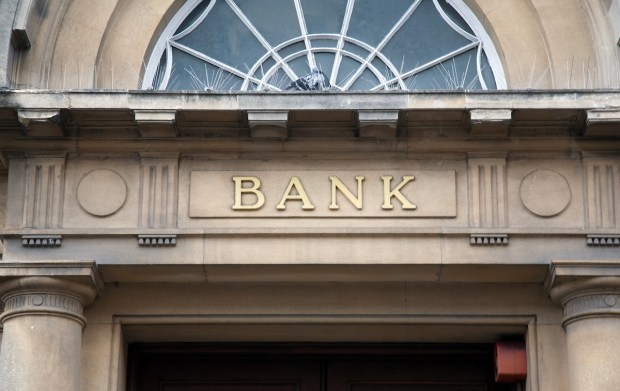Bank Earnings Paint Picture of Resilient Consumers

Data tells a tale just as much as management commentary on analyst calls during earnings season.
To that end, a slew of earnings materials from big banks Friday (July 14) showed that beyond the macro issues — war in Europe, inflation, the vagaries of interest rates — the U.S. consumer has been dependable.
Thus far, delinquencies look manageable, although they are creeping up.
J.P. Morgan
At J.P. Morgan, total payments transactions, as disclosed in additional materials posted alongside earnings, excluding the impact of the First Republic deal, stood at 1.5 trillion, roughly flat with a year ago. Flat volume indicates a willingness to keep taking the cards out of the proverbial wallets.
The company disclosed in its earnings supplements that debit and card sales volume was up 7% year over year. And with a bit more granularity, J.P. Morgan’s $294 billion in credit card sales volume was up about 8.5% from last year’s $271.2 billion in the second quarter.
In a tell as to the cash burn that’s been accompanying the spending, the average deposits at J.P. Morgan, excluding the impact of the First Republic acquisition, were down 6% year on year and flat quarter on quarter at $1.1 trillion.
Active mobile customers were up 10% to 52 million.
Wells Fargo
In its earnings materials, Wells Fargo reported deposits slipped 6% year on year to $1.3 trillion. The consumer banking and lending deposits over that year-on-year timeframe were off 8% to $823.3 billion.
Credit card point-of-sale (POS) volume, per presentation materials, was $34 billion in the second quarter, up just about 13% from a year ago. Debit card POS volumes were $124.9 billion, down slightly from the year-ago tally of $125.2 billion. Auto loan originations were $4.8 billion in the most recent reading, off from $5.4 billion last year.
Active mobile customers in the second quarter stood at 29.1 million, up 3.9% from last year.
In reflection, perhaps, of the current macro uncertainty, Wells disclosed in its materials that the provision for credit losses was $874 million in consumer banking and lending, up from $613 million last year. The credit card loan 30 day+ delinquency rate was 2.4%, compared to 1.5% last year. And within the auto segment, the 30+ day delinquency rate was 2.5%, whereas a year ago that rate was 2%.
Citigroup
Similar to its banking brethren, Citi logged growth in its card business, although at a pace more muted than J.P. Morgan or Wells. Presentation materials showed that U.S. card spend volumes were up 3% year over year to $152 billion. The card average loans surged 12% to $149 billion. Commercial card spending was up 15% to $15 billion.
The credit card loans at least 30 days to 90 days past due on its branded business, per the supplemental materials, came in at 0.8%, up from 0.5% last year. Average deposits were up 1% to $1.3 trillion.

